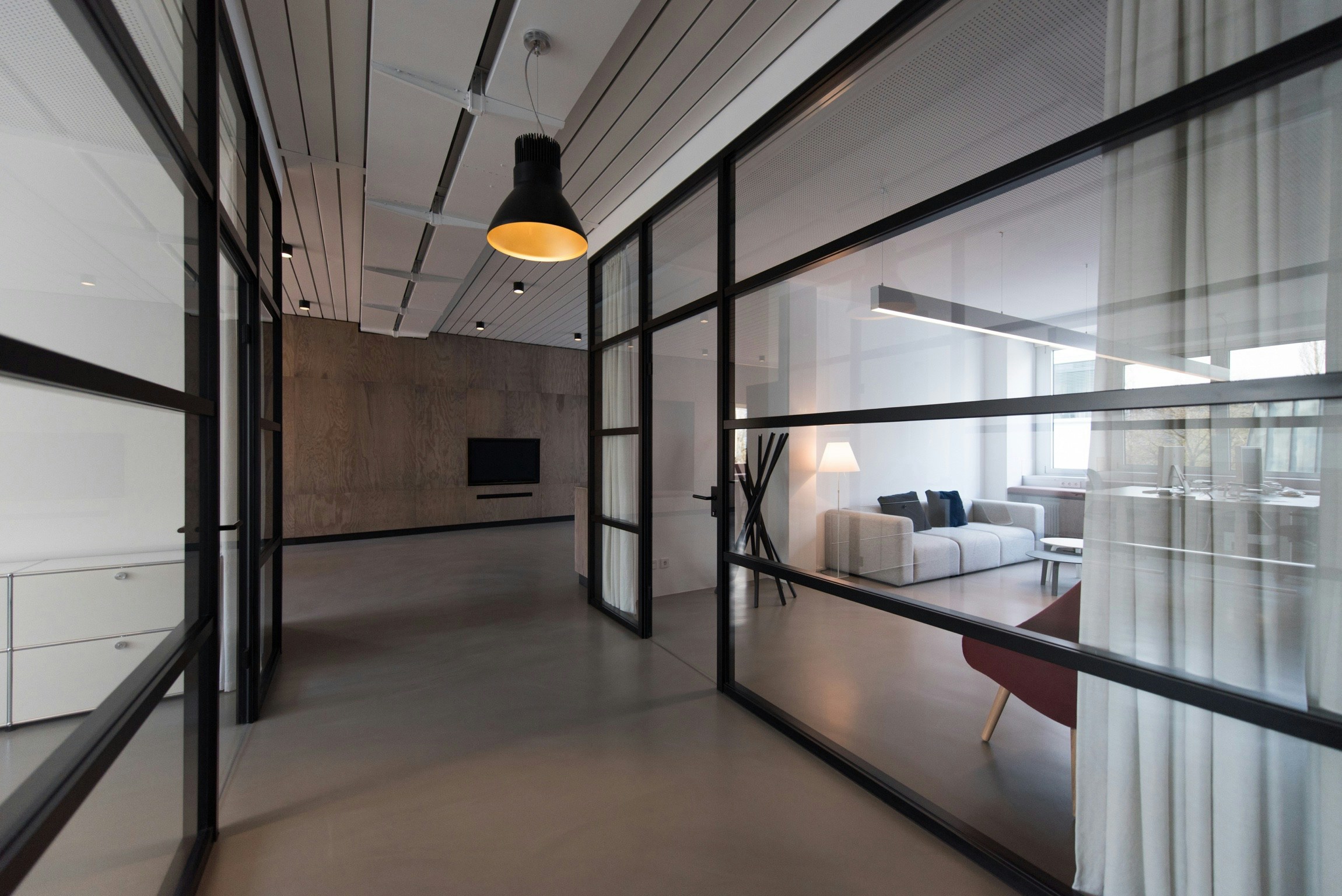Overview
A major US national bank was receiving frequent requests from business units for additional workspace citing a shortage of desks and collaboration spaces in the building. The volume of requests seemingly indicated potential capacity issues, however badge access data suggested that the office was far from capacity.
Senior management wanted clarity around whether the office was truly overcrowded, or whether there was an opportunity to use existing space more effectively. To answer this, the bank engaged MovePlan to conduct a Workplace Observation Study.
Approach: observing people, not just spaces
At MovePlan, our focus is on how people actually use a workplace. While sensors and data can highlight occupancy trends, they don’t explain the reason(s) why spaces are used in a particular way or if spaces are being used for their intended purpose. Over the course of two weeks, our team conducted several rounds of observations each day, with over 600 work points observed. During each round we noted occupancy and took particular note on how each of the spaces was being used. The observational rounds were conducted at several different points throughout the day to capture a holistic view on how the office is used throughout the entire day.
“When a space is not being used to its fullest potential, we consider how to reclaim it or reimagine it for use that is actually effective at a business and enterprise level. This allows us to make more people-first as well as cost effective recommendations to our clients.” Chris Colón, Workplace Project Director
Findings: behaviour drives space usage
Our in-depth study revealed clear misalignment between design intent and actual use. For example, the observation team found the following:
- Training room: although it appeared to be occupied for 60% of the time, it was mainly used for activities other than training
- Collaboration spaces: while intended for team work, these areas were often used for individual work
- Private meeting rooms: while this space is meant for meetings that often require screen sharing or AV, they were often used for individual activities
These findings led to important conversations with leadership about the need for a change management program. The program elements can include alternative seating strategies and guidance to drive new ways of working, behaviours and team norms.
The observation study also uncovered attendance clustering as a major factor in the teams’ feedback on the inability to find space to work. Many came into the office on Mondays and Tuesdays, causing crowded conditions - yet midweek and end of week occupancy remained low. MovePlan recommended intentional staggering attendance across the entire week, allowing the bank to better balance demand and make the most of its existing workspace.
“Data alone tells us what is happening, but observation tells us why. That insight is invaluable and when brought together with other data points like badge and survey data, allows recommendations to be formed that makes optimisation not just possible, but essential and effective.” Chris Colón, Workplace Project Director
Results: making spaces work optimally
By combining observation with data, the MovePlan team was able to analyse the findings and provide recommendations that enabled the bank to make informed decisions about its space. These were shared with leadership to embrace a change management strategy, manage occupancy more effectively and enhance the employee experience, all without building new facilities.
- To find out more about our services, head to our services page: moveplangroup.com/services
- To read more about Workplace Observation Studies read our article: Understand the effectiveness of your workspace with our Workplace Observation Study
- To talk to us about a move or change management project, email the team on info@moveplangroup.com






















